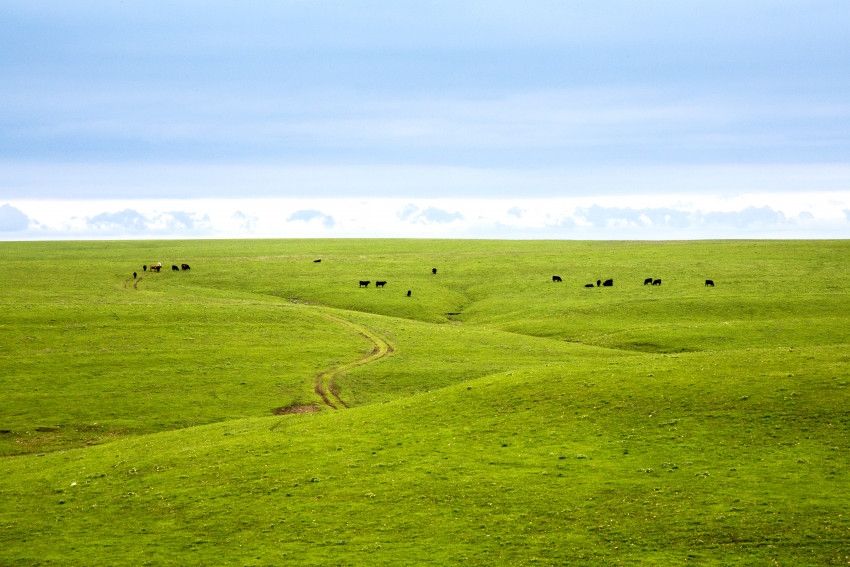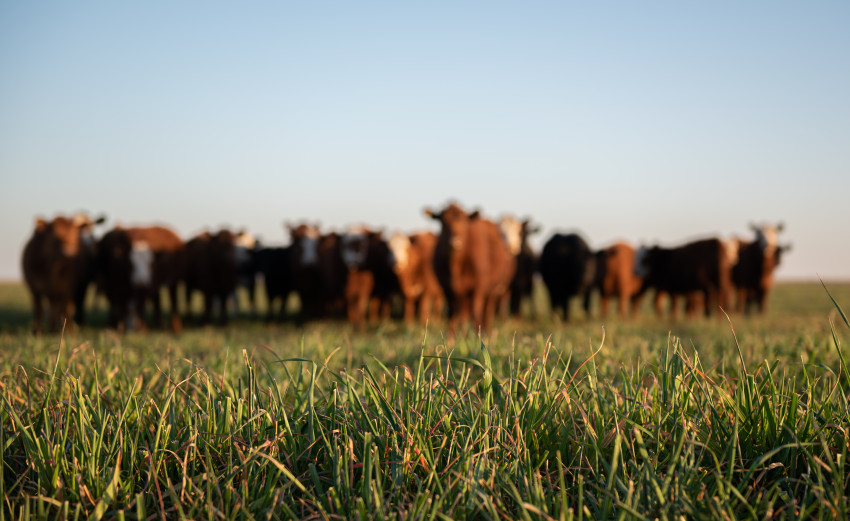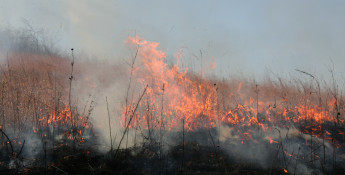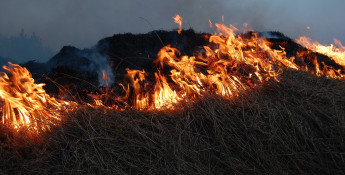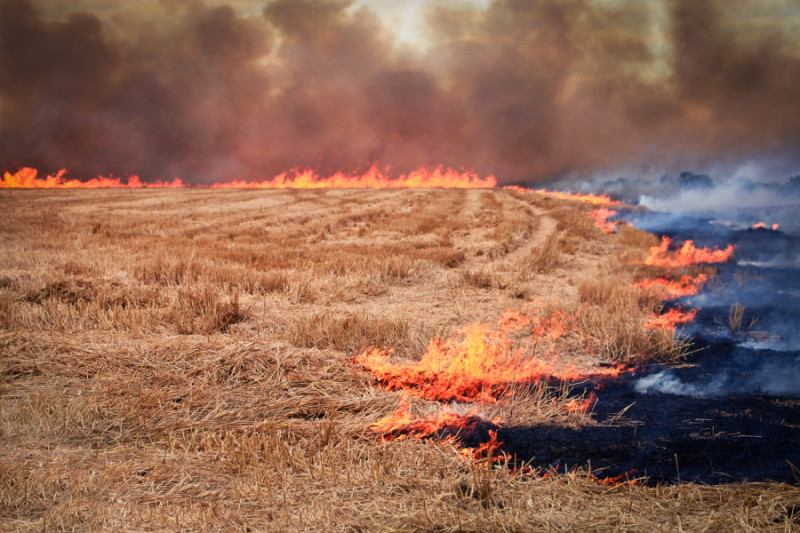By Greg Doering on March 9, 2020
Why do they burn pastures in Kansas?
7 reasons farmers and ranchers use fire
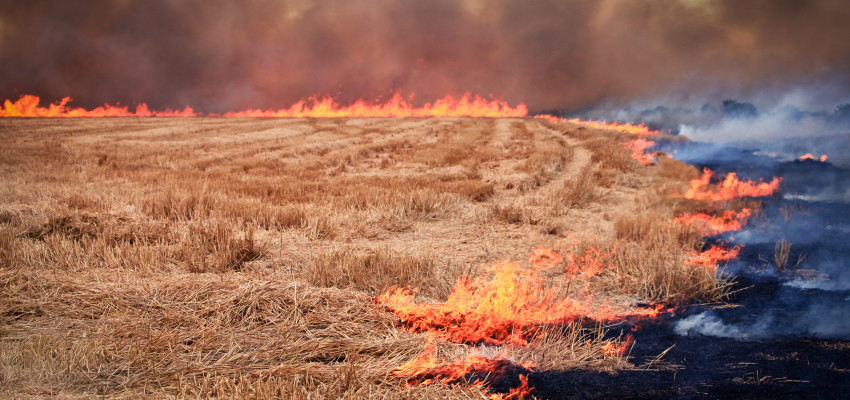
While it might seem hard to believe, plumes of spring smoke in Kansas largely come from intentionally set fires. Here are seven reasons why farmers and ranchers harness the power of fire for ecological and economic benefits.
7. Prevent wildfires
Regular prescribed burning reduces the amount of dead mulch available for wildfires to consume. The intentional use of fire following extremely wet years, like 2019, can clear old growth. Spring burning removes the buildup, making potential wildfires less severe. That also lowers the risk of a blaze occurring at an inopportune time, like with high winds and low humidity.
6. Preserve grassland
Without periodic pasture burning, prairies can be overrun by trees and shrubs like Eastern Red Cedar and Smooth Sumac. Fire helps cull these undesirable, woody plants livestock can’t eat while promoting the growth of grasses and forbs vital to the wildlife that calls the prairie home.
5. Control invasive, non-native plants
In addition to keeping grassland clear of trees and shrubs, fire also excels at removing non-native plants and cool-season grasses from prairie stands. The warm-season grasses and forbs found in most Kansas pastures have evolved over millions of years with the occasional blaze. Whether started by lightning or man, fire helps control invaders like Old World Bluestem, Bull Thistle and many others without using costly chemicals.
4. Return nutrients to soil
Up to 80 percent of plant material is underground in prairie ecosystems, but there are valuable nutrients in the remaining 20 percent. Prescribed burning is a good way to quickly recycle nutrients locked away in old plant growth.
3. Reduce “bunching”
Like kids, cattle can be picky eaters. They’ll avoid munching on grass near old stems, prickly thistles and brush. This can create clumps or bunches of uneaten grass, which can promote overgrazing in the rest of the pasture.
2. Stimulate new growth
Freshly burned pastures can appear bleak and barren, but they green up quickly because clearing away the old growth allows for the soil to warm up quickly. Green shoots emerge to full, direct sunshine, which results in faster plant growth. With adequate rainfall, grassland productivity can increase up to 20 to 40 percent after a well-timed burn.
1. Increase weight gain
More grass means more food for livestock. Yearling cattle can beef up by 10 to 12 percent more on pastures burned in the late spring compared to unburned or early burned fields, according to researchers at Kansas State University. Those gains come from the availability of high-quality forage available early in the grazing season.
For farmers and ranchers, fire is a cost-effective, efficient tool they can use to control weeds, improve grazing distribution and reduce the risk of wildfires all while adding a boost to their bottom lines.

